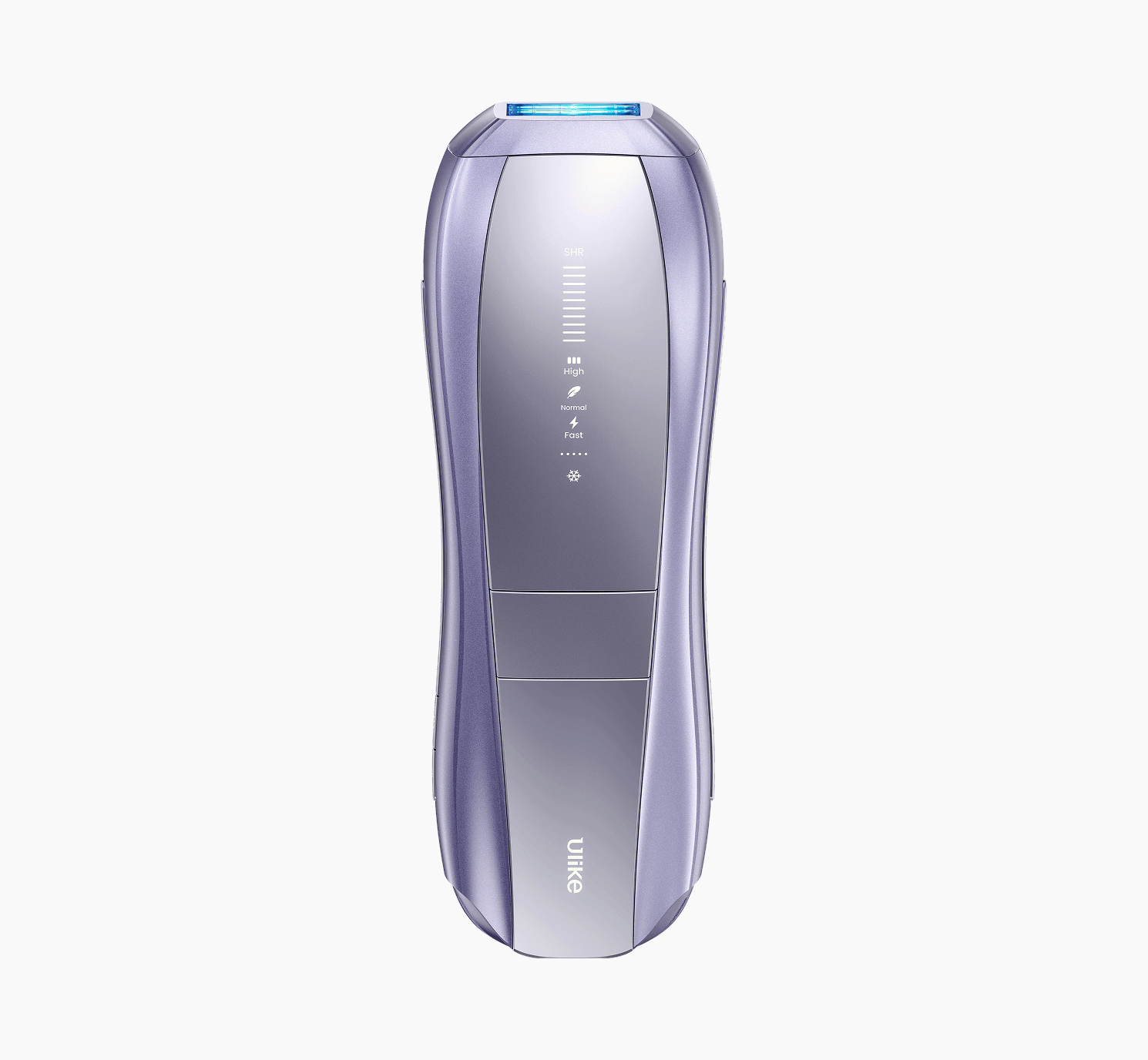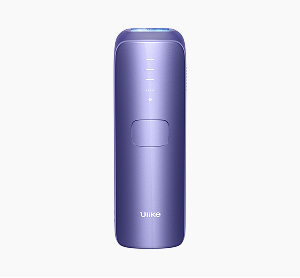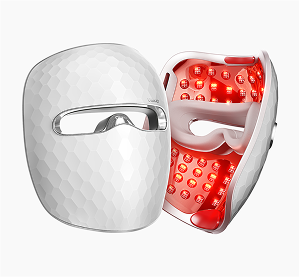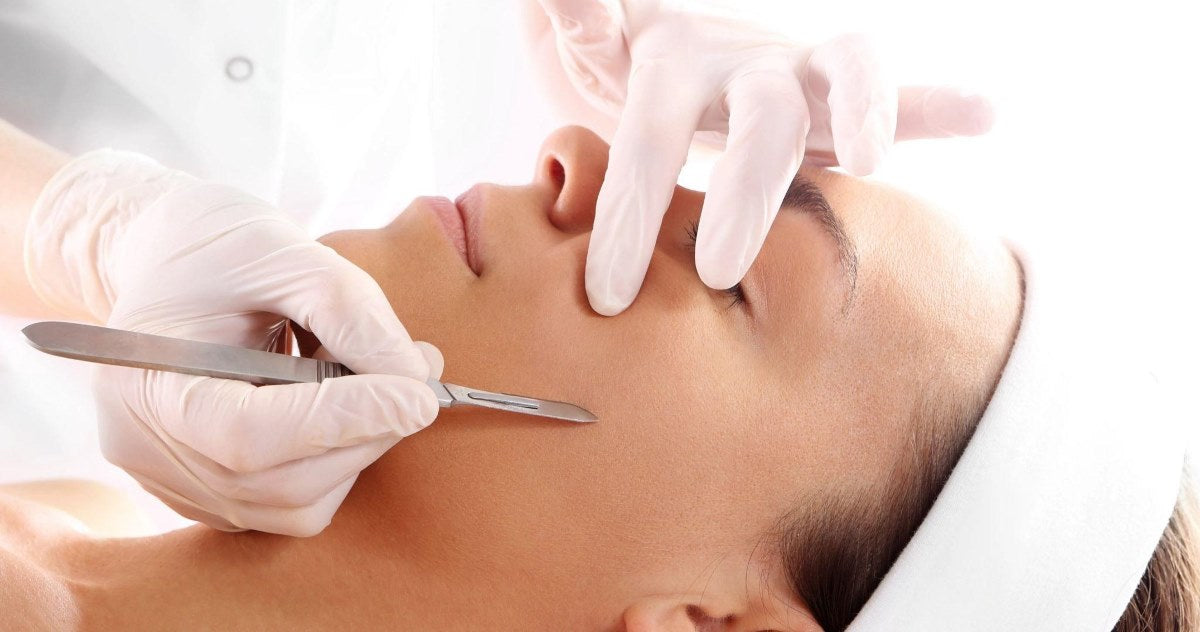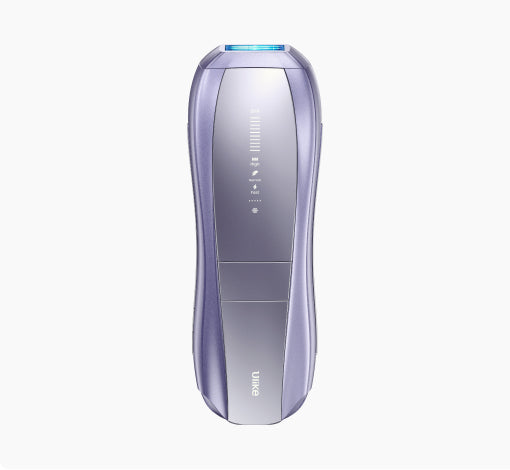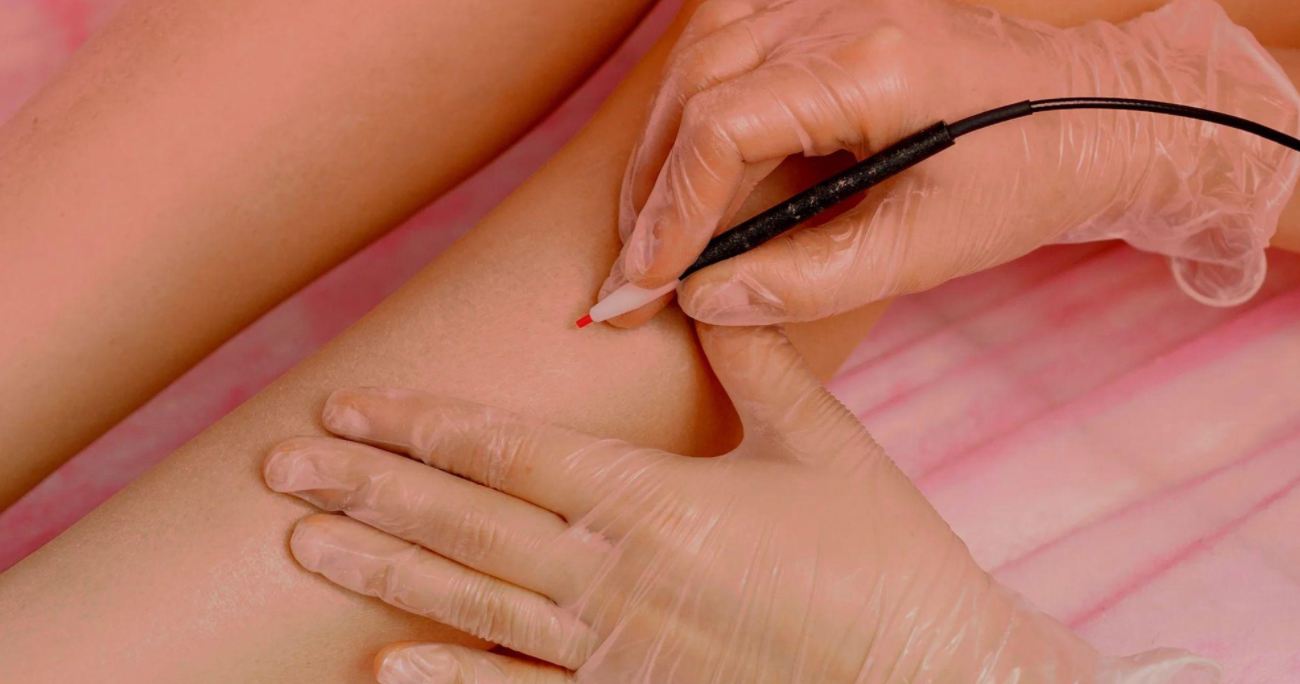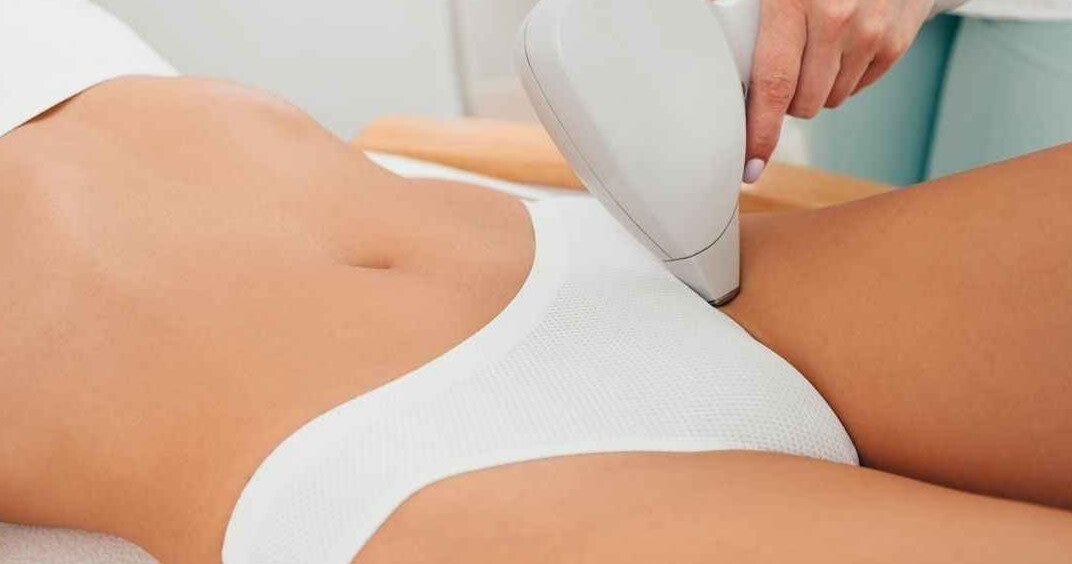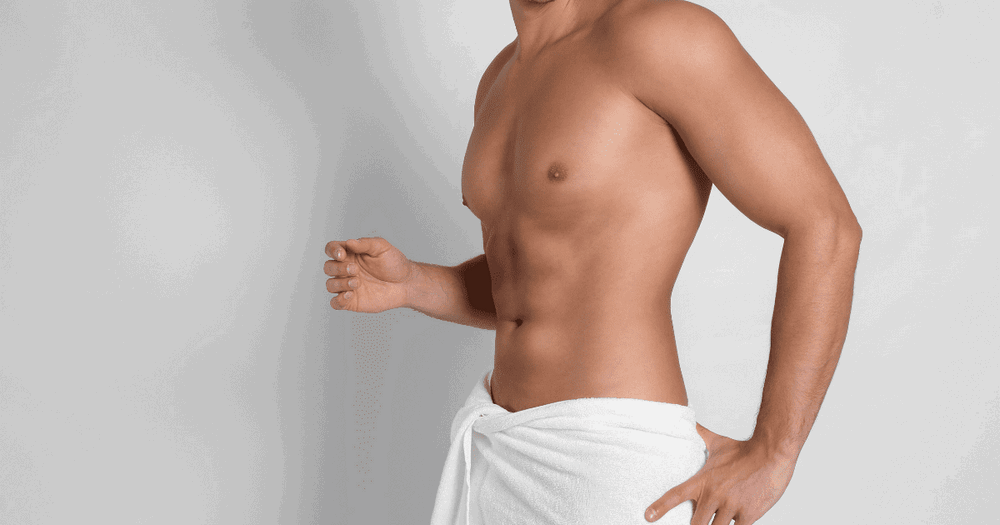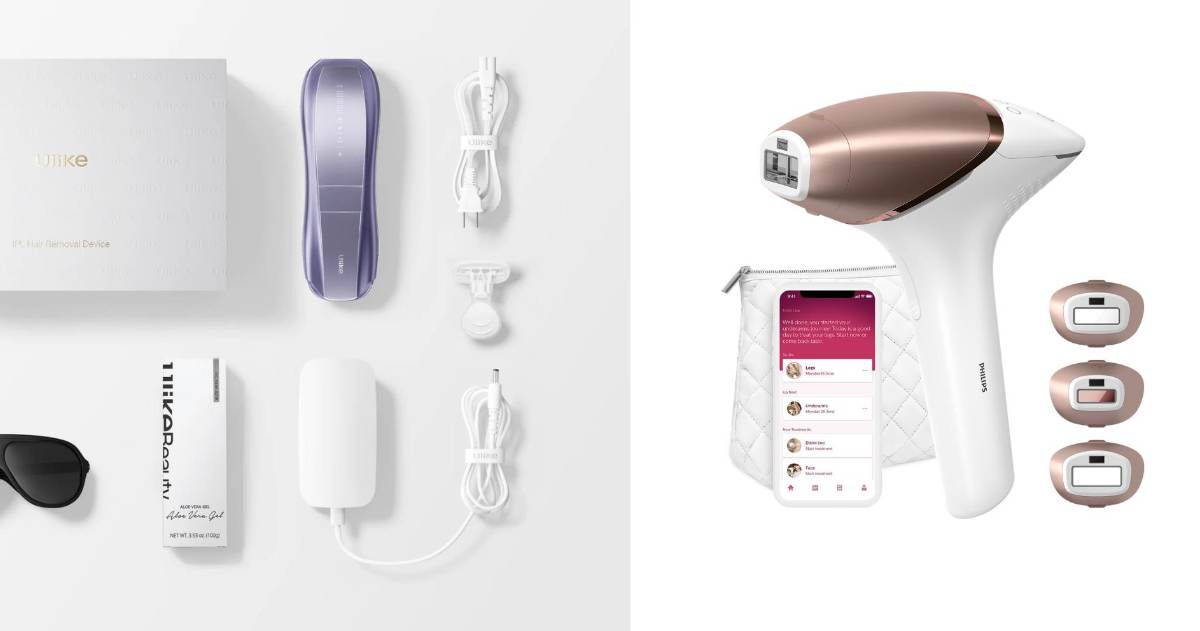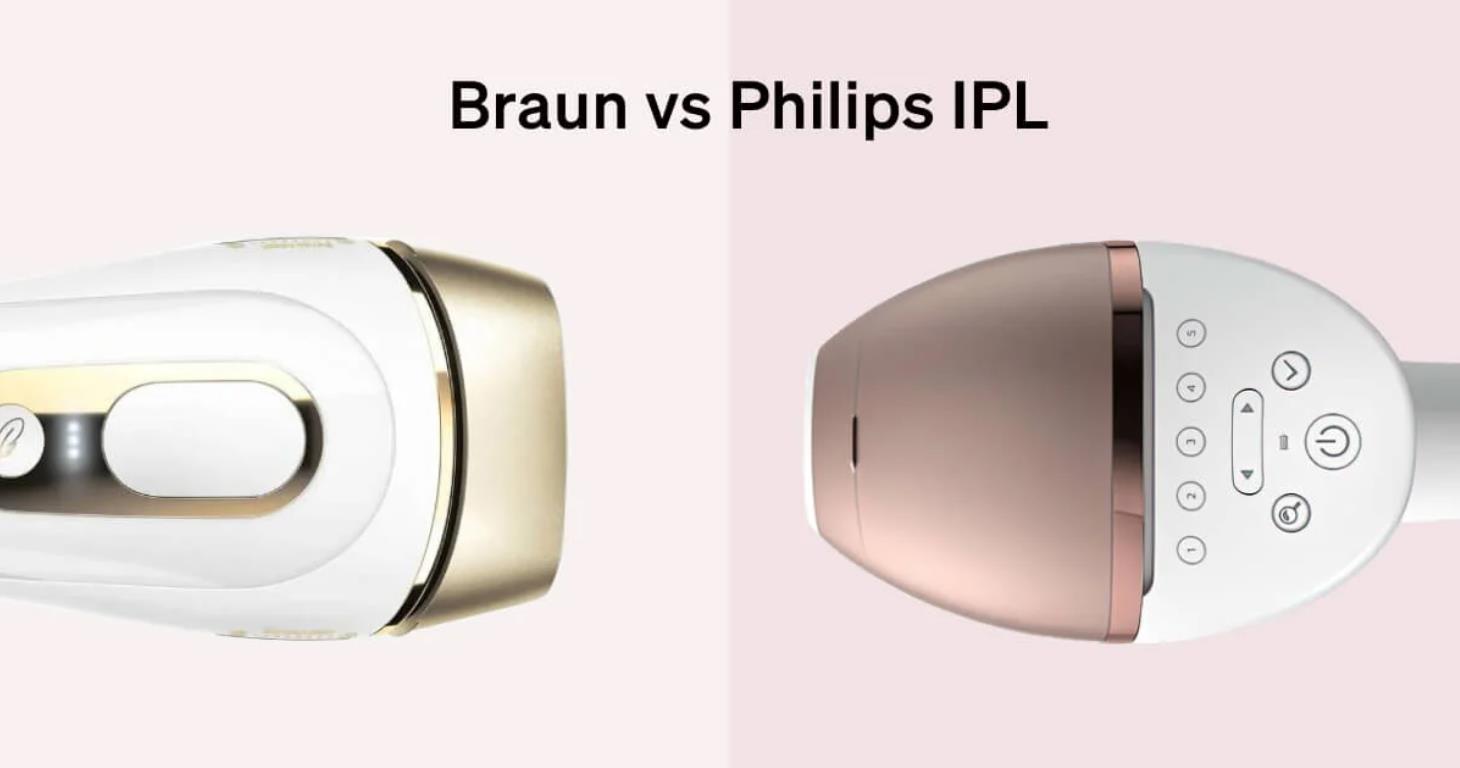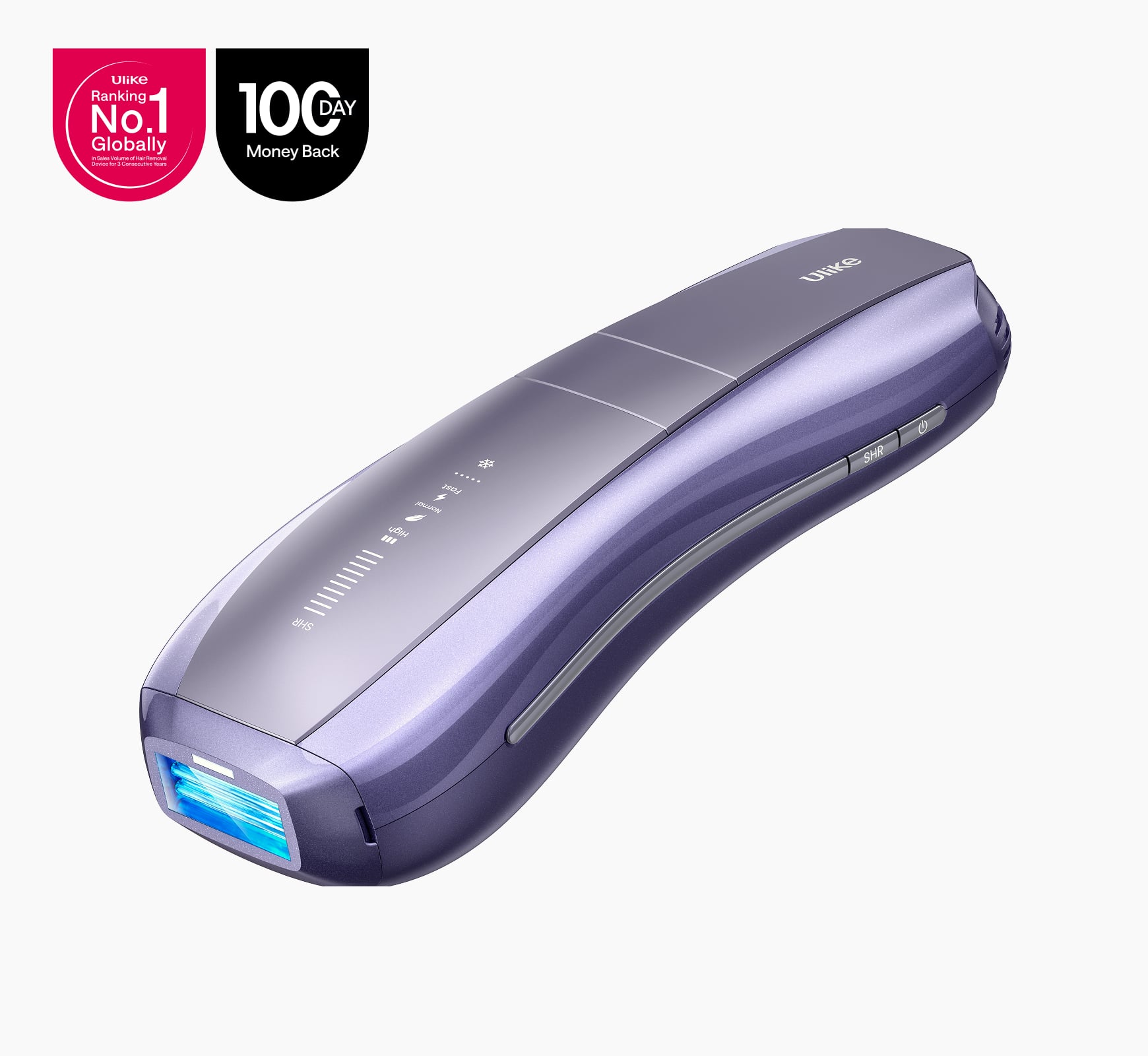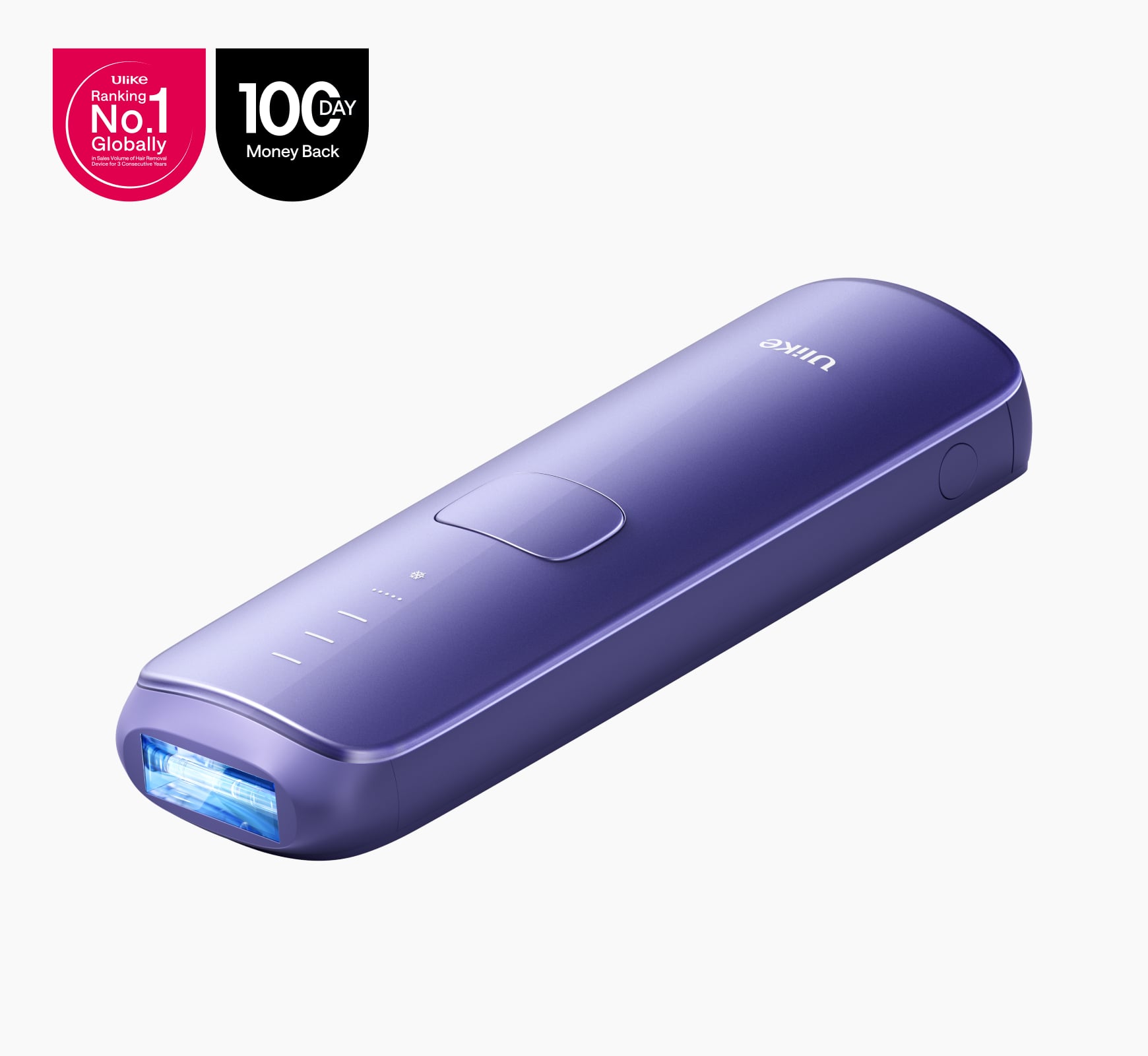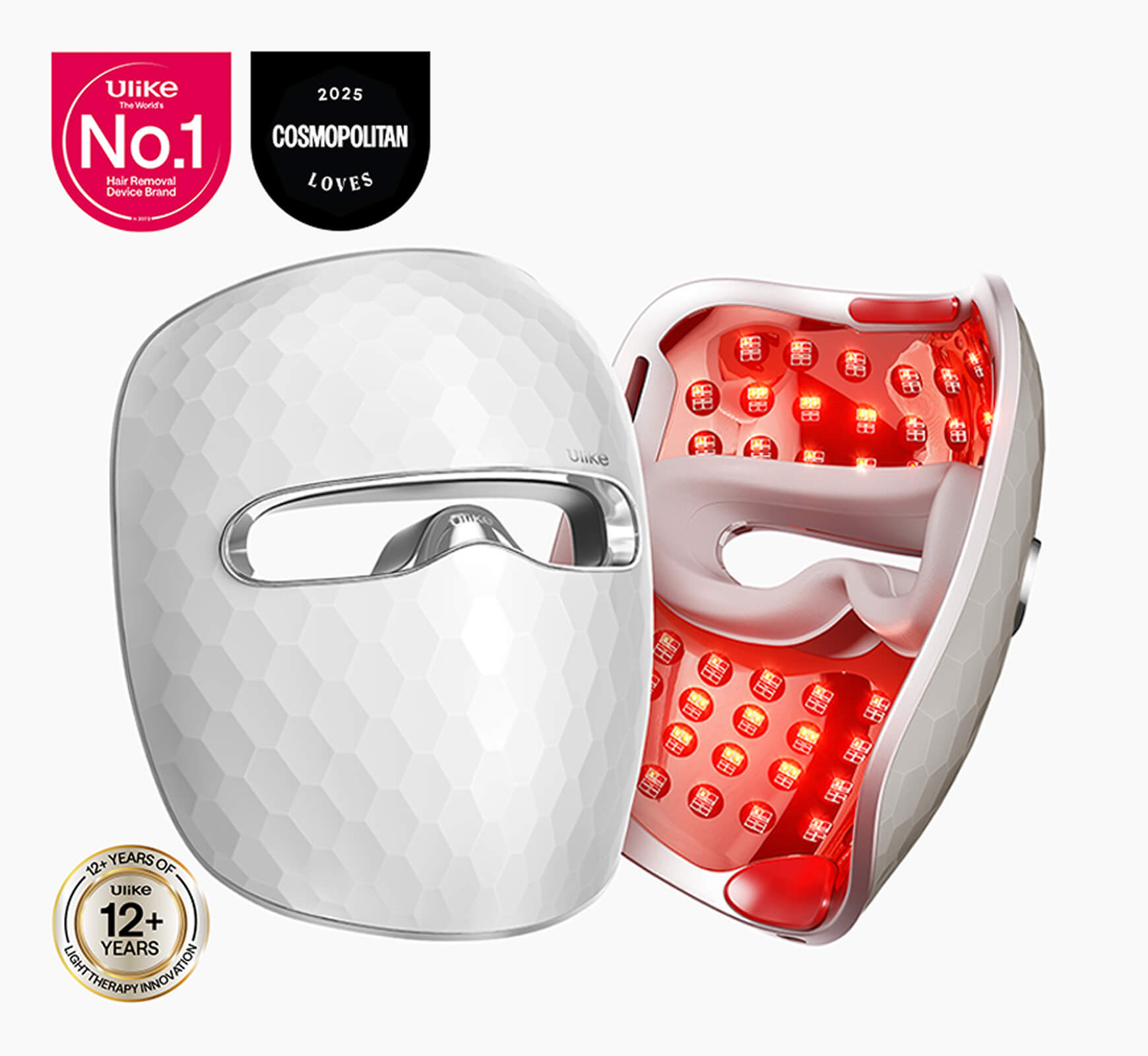Dermaplaning is an excellent way of enhancing facial beauty as one can remove peach fuzz and bring out the hidden glow. It barely takes any time and makes the face ready to face the camera, public, or much needed attention in professional settings. Dermaplaning is not confined to women because gentlemen are participating in dermaplaning in the UK as well.
There’s a popular misconception that dermaplaning can cause stubble, which is wrong. This article is a further elaboration of potential causes of stubble due to dermaplaning.
Table of Contents:- Part 1: What Is Dermaplaning?
- Part 2: Does Dermaplaning Cause Stubble?
- Part 3: Is Dermaplaning Good?
- Part 4: Dermaplaning Aftercare
- Part 5: FAQs
What Is Dermaplaning?
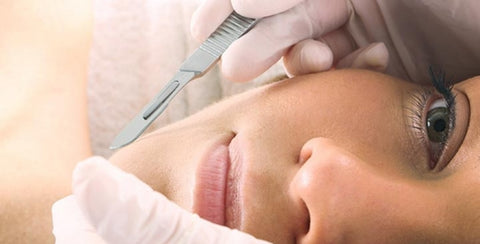 Dermaplaning is very similar to shaving, where one uses a handheld dermatome. It’s like an electric razor and the blades oscillate to remove facial defects like peach fuzz. Furthermore, one can get rid of acne and exfoliate their skin by dermaplaning. One can dermaplane their cheeks, sideburns, forehead, and other facial regions with a dermatome.
Dermaplaning is very similar to shaving, where one uses a handheld dermatome. It’s like an electric razor and the blades oscillate to remove facial defects like peach fuzz. Furthermore, one can get rid of acne and exfoliate their skin by dermaplaning. One can dermaplane their cheeks, sideburns, forehead, and other facial regions with a dermatome.
A few misconceptions lying around dermaplaning include:
- Peach fuzz will grow back coarser, darker, and quicker.
- One will get pimples if dermaplaning regularly.
- It’s a painful procedure.
- Dermaplaning is not safe for all skin types.
- One can notice breakouts if dermaplaning regularly.
- Some people also connect dermaplaning with genders, stating that it’s a feminine procedure and has nothing to do with the real-world.
Does Dermaplaning Cause Stubble?
Dermaplaning doesn’t cause hair to grow coarser, which is otherwise known as stubble. Dermaplaning simply cleans the hair at the skin’s surface level, causing each hair strand to be of the same length, i.e. at the skin’ surface. Each hair starts growing from the same length, causing them to appear growing faster. Furthermore, the peach fuzz when cut, triggers the ends to become blunt, which gives an idea that the hair are growing coarser. As these hair strands gain length, their ends will become thinner than earlier.
Dermaplaning Doesn’t Cause Stubble
Dermaplaning aims to reduce the hair length to the skin’s surface level with no role in causing stubble. The reason why hair feels like stubble is due to the angle at which the hair is shaved during dermaplaning. Hair can feel prickly and coarse due to blunt ends after dermaplaning.
Is Dermaplaning Good?
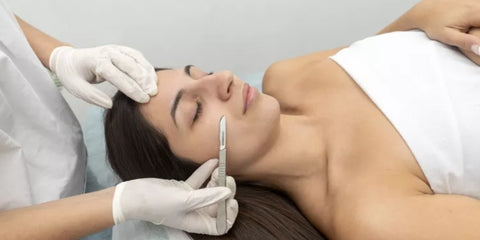 This section explains the pros and cons of dermaplaning to understand if it’s good or bad.
This section explains the pros and cons of dermaplaning to understand if it’s good or bad.
Advantages Of Dermaplaning
- Dermaplaning is a quick and mess-free option to remove peach fuzz and unwanted hair on the face. It won’t ruin the dress or clothing and one can dermaplane while dressed up.
- It’s a great procedure suited for all skin types, provided that one follows proper procedure and aftercare.
- Dermaplaning is nearly nearly painless overall and even a beginner can do it safely, provided that they use the proper tools and follow the correct technique.
- There’s no risk of stubble or denser hair regrowth.
- Dermaplaning does more than remove peach fuzz. One can exfoliate and enhance the skin glow to a certain extent.
- Dermaplaning is safe to do anytime, but many people prefer it before or after a bath, at night, or before going out.
- It’s not a gender-oriented process as more and more gentlemen are actively taking part in introducing dermaplaning in their regular grooming routines.
Disadvantages Of Dermaplaning
- Regular dermaplaning can cause skin dryness and itching as the top layer of the skin may be damaged.
- Dermaplaning can become an expensive routine if done regularly. Moreover, regular dermaplaning can prove to be time consuming.
- There’s a risk of dermaplaning right before an important event because of potential nicks that can backfire the purpose of dermaplaning in the first place.
- It’s not feasible to dermaplane after doing the makeup as it’ll ruin it.
- Dermaplaning may not give the same results to everyone.
- Those with sensitive skin may find it unhealthy to dermaplane frequently. One may suffer from razor burns.
- Due to short-lasting results, dermaplaning will prove to be unfeasible for those looking for long-term hair removal solutions. That’s where one can introduce alternatives like IPL or laser treatments.
- Some people can find it frustrating to dermaplane every often, triggering the need for a better and longer-lasting solution.
A Few Considerations
Dermaplaning is suited for almost all skin types except for sensitive skin, compromised skin with severe acne, breakouts, skin with wounds, or skin with properly set makeup. Dermaplaning has nothing to do with skin tone or hair colour.
Dermaplaning Aftercare
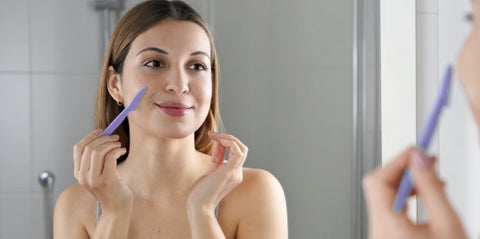
- Rinse the face with cold water. Some people prefer soap and water to wash the face after dermaplaning.
- Since dermaplaning can scrape the top layer of the skin, moisturising it properly with a moisturiser will help rejuvenate the skin.
- Always pat dry the face after washing.
- If it’s important to go out under the sun, apply sunscreen with the right SPF value based on your location. At hot and humid locations, SPF50+ is the most recommended one, while in colder areas, SPF30 sunscreens may be enough.
- Do not get the skin waxed soon after dermaplaning. Moreover, one should avoid any further hair removal procedures on the same day.
- Visually check the face for any potential cuts or nicks. In case of any, apply a little bit of coconut oil for instant relief and recovery.
FAQs
Does Dermaplaning Cause Acne?
While dermaplaning doesn’t cause acne out of nowhere, those who experience regular acne may notice fresh breakouts post dermaplaning. Moreover, dermaplaning on active acne will further elevate the problem, which is why experts suggest leaving active acne regions untouched while dermaplaning. Poor aftercare and hygiene after dermaplaning can cause breakouts even on clean skin.
Does Dermaplaning Cause Spots?
Dermaplaning is not supposed to cause spots, but if done on active acne, one may notice fresh spots. Moreover, any cuts or nicks can leave the spots if not attended immediately. Spots usually occur when skin pores get exposed or when the blade causes bleeding.
Can Dermaplaning Cause Breakouts?
Yes, dermaplaning can potentially cause breakouts when doing it on active acne. Doing so will cause fresh breakouts. However, leaving the acne prone region untouched is one of the best ways to avoid breakouts. When dermaplaning on the acne region, the bacteria can easily spread on the skin and the skin may absorb them before the person washes the face. The absorbed bacteria spread quickly, causing breakouts all over the face.
Can Dermaplaning Cause Rosacea?
Yes, dermaplaning will indeed cause rosacea. The main agenda of dermaplaning is to remove a top layer of the skin to reveal baby-like soft skin underneath it. There’s a high chance that one will suffer from rosacea, which includes skin redness, irritation, compromised skin, blisters, red bumps, and pain.
Can Dermaplaning Cause Hyperpigmentation?
No, it’s very rare to get hyperpigmentation or skin discolouration in any manner after dermaplaning. If that happens, perhaps there’s something wrong with the procedure, or the person has some unidentified skin issue.
Can Dermaplaning Cause Folliculitis?
Yes, hair follicles can get inflamed after dermaplaning, which usually happens when the blade is blunt and/or the person doesn’t follow the right dermaplaning technique and post-care routine.
Conclusion
Dermaplaning is indeed one of the most cost-effective and quickest ways to enhance facial beauty, especially when attending important meetings. However, there are a lot of considerations and disadvantages related to it, which may drive one’s interest from dermaplaning to alternative hair removal methods. While dermaplaning is safe, one should be cautious about potential skin irritation and breakouts, especially if dealing with acne.

